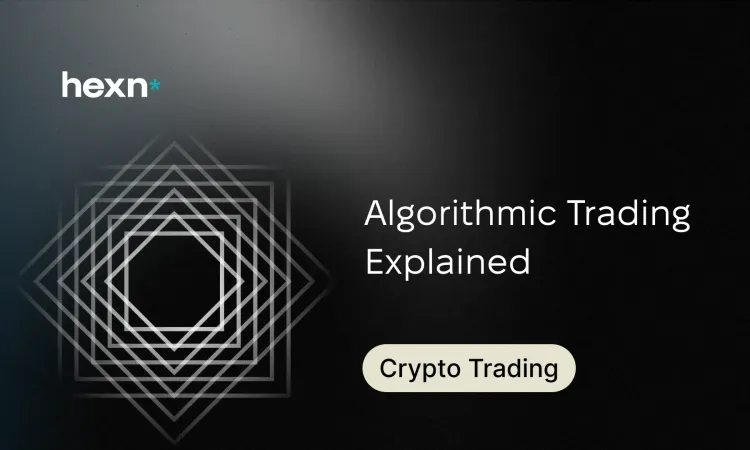Algorithmic Trading Explained
Algorithmic Trading at a Glance
- What it is: Computer programs that place buy and sell orders automatically based on predefined rules.
- Common tactics: Execution methods include VWAP, TWAP, and percentage-of-volume approaches.
- Trade-offs: Automation reduces emotion and speeds execution but brings technical and operational risks.
What Is Algorithmic Trading?
Algorithmic trading—often called algo trading—uses software to scan markets and execute trades when certain conditions are met. It matters because it can process data and act much faster than a human trader, remove impulse-driven decisions, and scale strategies across many instruments. For anyone interested in modern trading, algos offer a way to apply consistent rules to markets and manage complexity.
How Algorithmic Trading Works
Turning a trading idea into a live algorithm usually follows a repeatable workflow. Below are the core stages and what each involves.
Designing the Trading Strategy
Start by defining clear entry and exit conditions. Strategies can be simple (for example, buy after a defined drop and sell after a set gain) or use indicators and chart patterns. The choice of timeframe, risk limits and order-sizing rules should be part of the design.
Translating Rules into Code
Next, convert the strategy into a program that monitors market data and issues orders when rules are satisfied. Python is a popular language for algos because of its readability and data libraries, but other languages are common too. At this stage you also add risk checks and safeguards to the code.
Backtesting on Historical Data
Before risking capital, simulate the algorithm using past market data to estimate how the strategy would have performed. Backtests help reveal logical errors, unrealistic assumptions, and parameters that need tuning. They are not guarantees, but they provide useful feedback.
Connecting to Markets and Executing Trades
Once tested, the algorithm is linked to a trading venue via programmatic interfaces so it can place orders automatically. Execution logic decides order types, sizes and timing. Many traders use APIs to submit market or limit orders and to fetch live prices.
Monitoring Performance and Logging Activity
After deployment, continuous monitoring is essential. Logging trade events, errors and performance metrics lets you spot issues early and analyze results. Regular reviews also reveal when market conditions change enough to require adjustments.
Common Execution Tactics Used in Algorithmic Trading
Execution algorithms aim to reduce market impact and achieve efficient fills. Here are three widely used approaches.
Volume Weighted Average Price (VWAP)
VWAP seeks to execute orders in proportion to market volume so the average price paid matches the volume-weighted market price over a period. It splits a large order into smaller pieces timed to typical trading volumes.
Time Weighted Average Price (TWAP)
TWAP spreads execution evenly across a chosen timeframe, ignoring volume. This approach reduces the immediate footprint of a large order by pacing trades evenly.
Percentage of Volume (POV)
POV strategies adjust the execution rate to a target share of real-time market volume—for example, aiming to trade at 10% of the market flow—so the algorithm adapts to changing liquidity.
Benefits of Algorithms
Faster, More Efficient Execution
Algorithms can act in milliseconds and handle many orders simultaneously, letting traders exploit short-lived opportunities and operate at scale.
Consistency
Automated rules enforce discipline and prevent impulsive decisions driven by fear or greed. This leads to repeatable behavior that can be measured and improved over time.
Practical Risks and Technical Limits
Technical Complexity and Skill Requirements
Developing robust algorithms demands knowledge of programming, data handling and market mechanics. Building, testing and maintaining systems can be a barrier for individual traders.
Operational Failures and Unexpected Behavior
Software bugs, connectivity outages and infrastructure problems can cause unintended trades or missed opportunities. Good monitoring, fail-safes and contingency plans are essential to limit potential losses.
Final Takeaways
Algorithmic trading offers a way to apply disciplined, rule-based trading with speed and repeatability. It can reduce emotional bias and help manage large orders, but it also requires careful development, rigorous testing and ongoing oversight. For those exploring automated trading, start with simple, well-documented strategies and invest time in backtesting and monitoring before deploying real capital.
